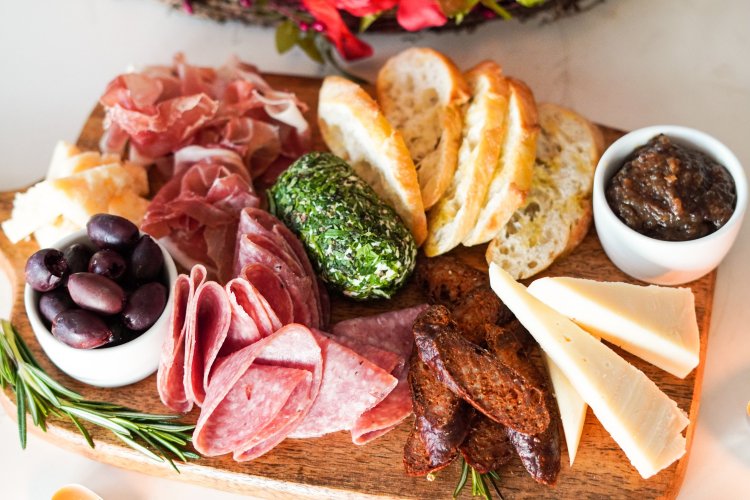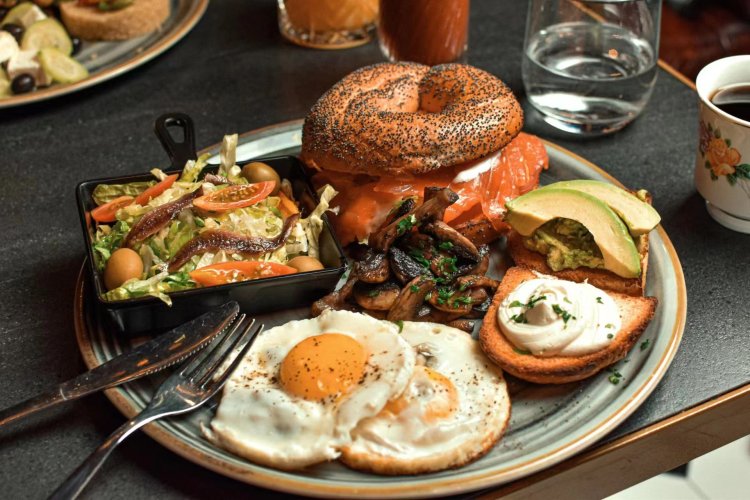Expensive Eats: “Elite” Schoolyard Organics in Beijing
Many articles have been written about the dinner organized by Alice Waters at the recent US-China Forum on the Arts & Culture, organized by the Asia Society. Some journalists gushed about her organic, locally sourced menu, but others are wondering how far her influence will go in China.
Waters, of Chez Panisse fame, has made a living advocating for locavorism, the Slow Food movement and organic eating. Her Edible Schoolyard project is at the forefront of the growing movement urging people, children in particular, to become more knowledgeable about what they’re eating.
What is the Edible Schoolyard?
Established in Berkeley in 1995, the Edible Schoolyard program is designed to “help bring every child into a new relationship with food.” Students spend time in the garden planting, growing and harvesting. Simple academic tasks such as writing acrostic poems and scaling recipes are integrated into the curriculum. Most (if not all) existing Edible Schoolyards have been established in schools in English-speaking, First World countries.
The Edible Schoolyard in Beijing
Closer to home, China’s first Edible Schoolyard is coming to fruition. Daystar Academy, a local nonprofit kindergarten-elementary school in Shunyi, is beginning the transition from supplying organic student lunches to a more rounded Edible Schoolyard experience. Marketing administrator Kristen Lack is certified through Waters’ training seminars, and the school is officially affiliated with the original Edible Schoolyard at Martin Luther King, Jr. Middle School in Berkeley, California.
“My hope is that it can all start with Daystar,” says Lillian Chou, the outside food consultant for Daystar’s Edible Schoolyard and school lunch program. Chou hopes that Daystar can lead other local schools to join in Water’s “delicious revolution.”
The Edible Schoolyard in China
The Edible Schoolyard – and Alice Waters herself – is not without critics. From fellow foodie Anthony Bourdain to educational researchers, the movement has been panned for its exclusivity and for a lack of concrete benefits in test results. “Some people say it’s elitist,” says Chou when I bring up the subject of the organic lifestyle, and she allowed that it is expensive. “It needs big companies to invest, and maybe that is a bit elitist.” In a country such as China, where high academic performance is absolutely necessary for a student to differentiate himself or herself from millions of others, time spent in the garden might also be perceived as an unappreciated diversion from book learning.
Though Waters maintains that “all children everywhere” would benefit from this program, she has made no suggestions about how the Schoolyard could be adapted for China. “The children are learning English, math. They’re measuring out garden beds, and counting seeds. They’re learning,” said Waters when I spoke to her at the US-China Forum last month.
Measuring out garden beds? The average Chinese parent might be concerned whether their child will fall behind those in other schools. A Chinese elementary educator may not understand why they even need to plant gardens, and wonder how to find long-term, justifiable curriculum content in the dirt. At the very least, China’s elementary mathematic curriculum is far beyond that of any ordinary American school’s. To teach a Chinese 10-year-old how to double a recipe is perhaps a little redundant.
Chou was more down-to-earth. “This isn’t going to fly with everyone,” she agrees. “We’re a niche. We’ll always be a niche. But people need an option.”
That option comes in at RMB 86,000 a year (plus lunch costs), which is what yearly tuition at Daystar will cost you. The children of Beijing’s privileged will undoubtedly benefit from hormone-free chicken sandwiches and fruit salads sans exploding melons. As to the longer-term success of the Edible Schoolyard project in China, we can only wish them the best of luck.
For more on Alice Waters’ work, see http://edibleschoolyard.com.
Click here to see the January issue of the Beijinger in full.
Photo: micro-n-fic.com






